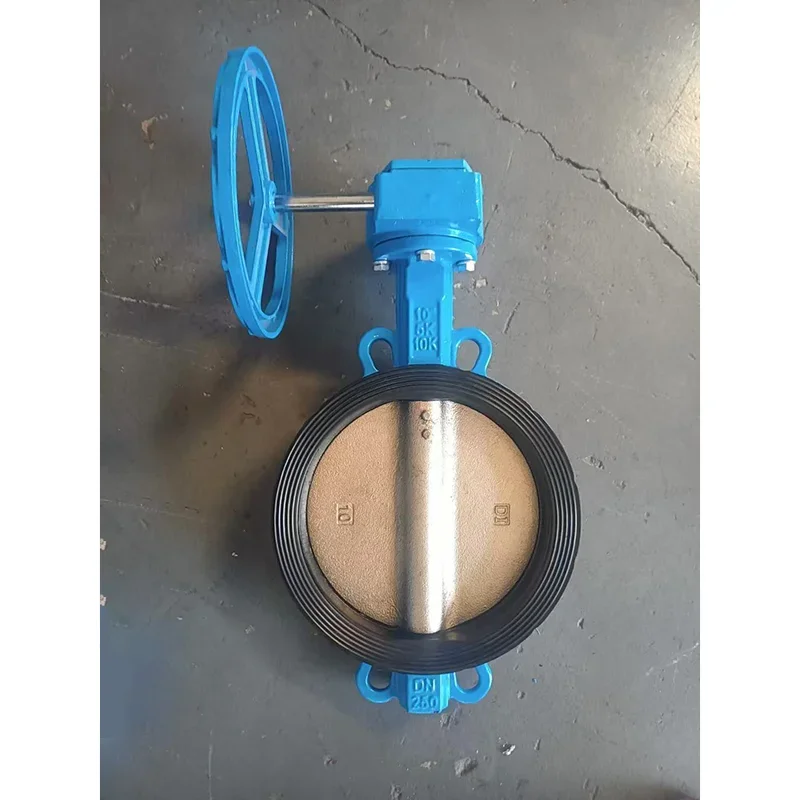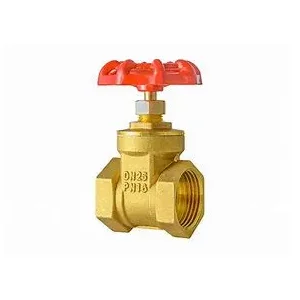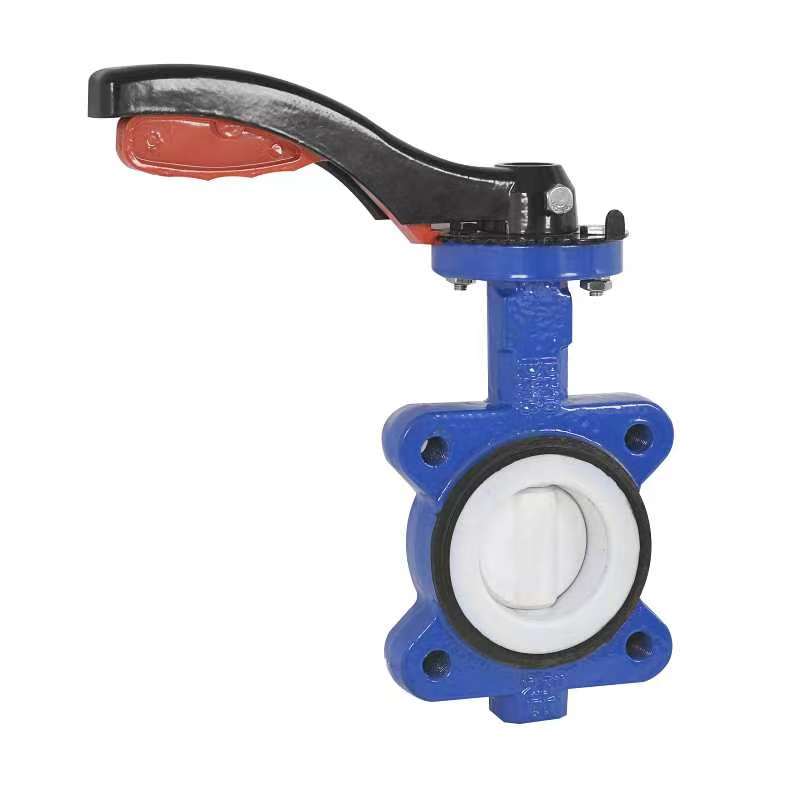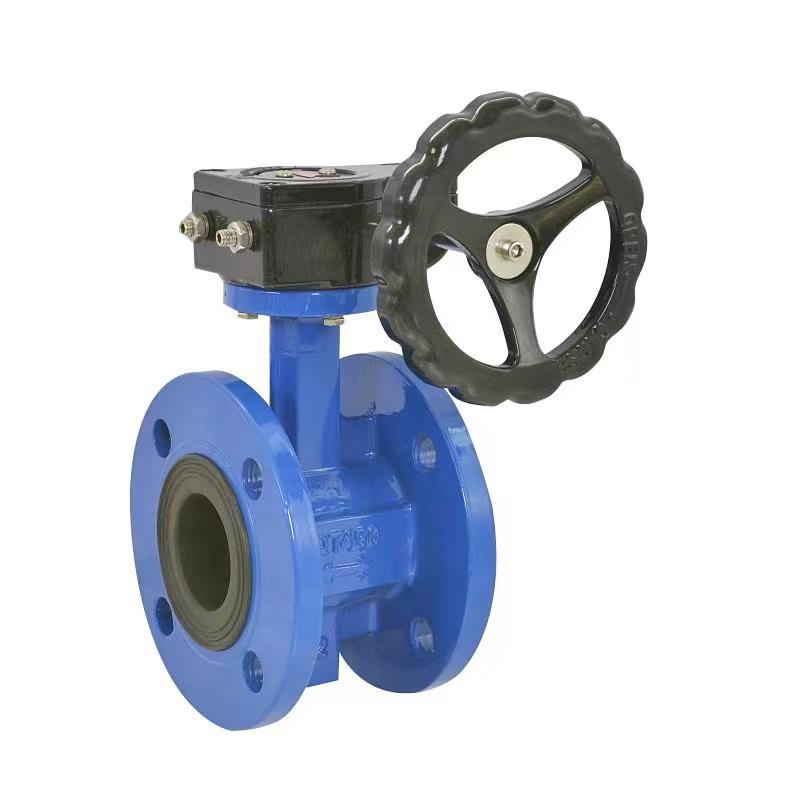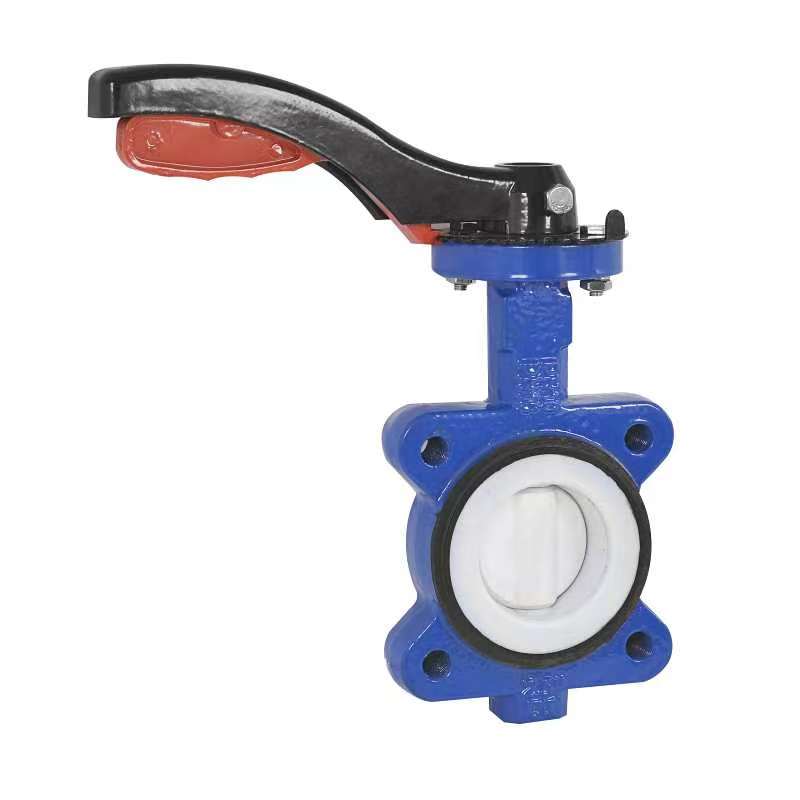- English
- Español
- Português
- русский
- Français
- 日本語
- Deutsch
- tiếng Việt
- Italiano
- Nederlands
- ภาษาไทย
- Polski
- 한국어
- Svenska
- magyar
- Malay
- বাংলা ভাষার
- Dansk
- Suomi
- हिन्दी
- Pilipino
- Türkçe
- Gaeilge
- العربية
- Indonesia
- Norsk
- تمل
- český
- ελληνικά
- український
- Javanese
- فارسی
- தமிழ்
- తెలుగు
- नेपाली
- Burmese
- български
- ລາວ
- Latine
- Қазақша
- Euskal
- Azərbaycan
- Slovenský jazyk
- Македонски
- Lietuvos
- Eesti Keel
- Română
- Slovenski
- मराठी
- Srpski језик
- Esperanto
- Català
- שפה עברית
- Cymraeg
- Latviešu
- icelandic
- ייִדיש
- беларускі
- Hrvatski
- Kreyòl ayisyen
- Shqiptar
- Malti
- lugha ya Kiswahili
- አማርኛ
- Bosanski
- Frysk
- ភាសាខ្មែរ
- ქართული
- ગુજરાતી
- Hausa
- Кыргыз тили
- ಕನ್ನಡ
- Corsa
- Kurdî
- മലയാളം
- Maori
- Монгол хэл
- Hmong
- IsiXhosa
- Zulu
- Yoruba
- অসমীয়া
- ଓଡିଆ
- Twi
- Samoa
- Sesotho
- සිංහල
- Gàidhlig
- Cebuano
- Somali
- Тоҷикӣ
- O'zbek
- Hawaiian
- سنڌي
- Shinra
- Հայերեն
- Igbo
- Sundanese
- Lëtzebuergesch
- Malagasy
- Tǝlam Kanuri
- Punjabi
- پښتو
- Chichewa
Why can check valves prevent medium backflow?
2025-08-25
As a "one-way guard" in pipeline systems, check valves have the core function of forcing one-way flow of media and eliminating the risk of backflow. This characteristic stems from the deep integration of its precise mechanical design and fluid mechanics principles.
From a structural perspective, check valves are usually composed of valve discs, valve seats, and connecting mechanisms (such as hinges and springs) inside. When the medium flows in the predetermined direction, the fluid pressure pushes the valve disc away from the valve seat, forming a smooth channel and allowing the medium to pass smoothly; Once the flow direction of the medium reverses, the valve disc of the check valve will quickly adhere to the valve seat and tighten due to the combined effect of its own weight, spring force, or reverse flow pressure, forming a reliable seal and cutting off the reverse flow path. For example, the rotary check valve installed at the outlet of the water pump can instantly close the valve disc when the pump is stopped, preventing water hammer impact from causing backflow of water flow.
The principles of fluid mechanics further enhance the anti backflow ability of check valves. When flowing forward, the dynamic pressure of the medium keeps the valve disc open, resulting in minimal flow resistance; When reverse flow occurs, the upstream pressure of the valve disc drops sharply, and the downstream reverse pressure forms a high pressure difference with the closing force of the valve disc, pushing the valve disc to tightly fit with the valve seat, achieving a "zero leakage" seal. This dynamic response mechanism enables check valves to quickly adapt to pressure fluctuations, especially in high-risk areas such as chemical and gas industries, effectively avoiding the risk of medium mixing or explosion.
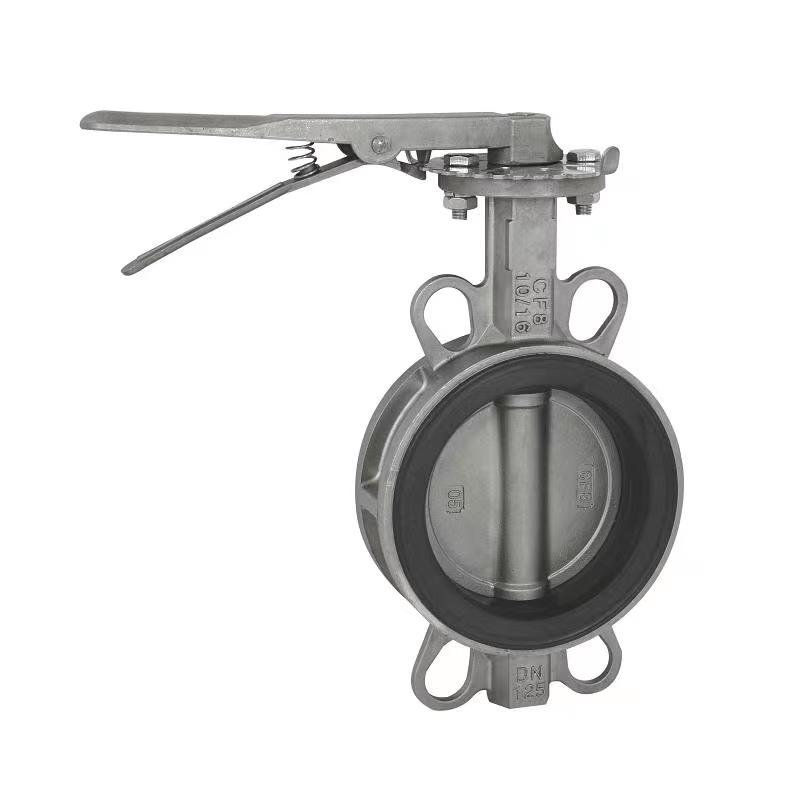
The upgrading of materials and processes has also significantly improved the reliability of check valves. Metal sealed check valves are made of corrosion-resistant materials such as stainless steel and Hastelloy, and are suitable for high-temperature and high-pressure steam pipelines; Soft sealed check valves achieve airtight sealing through materials such as rubber and polytetrafluoroethylene, meeting the cleanliness requirements of the food and pharmaceutical industries. In addition, the spring assisted design of the check valve can shorten the closing time, and the rotary opening structure accelerates the sealing through centrifugal force, further optimizing the anti backflow performance.
From water pump systems to aerospace pipelines, check valves always play a key role as "one-way gates". Through structural innovation, mechanical optimization, and material iteration, a multi-level protection system is constructed to ensure that the medium flows strictly in the predetermined direction, providing a solid guarantee for industrial safety and system stability.
Related News
New Products








